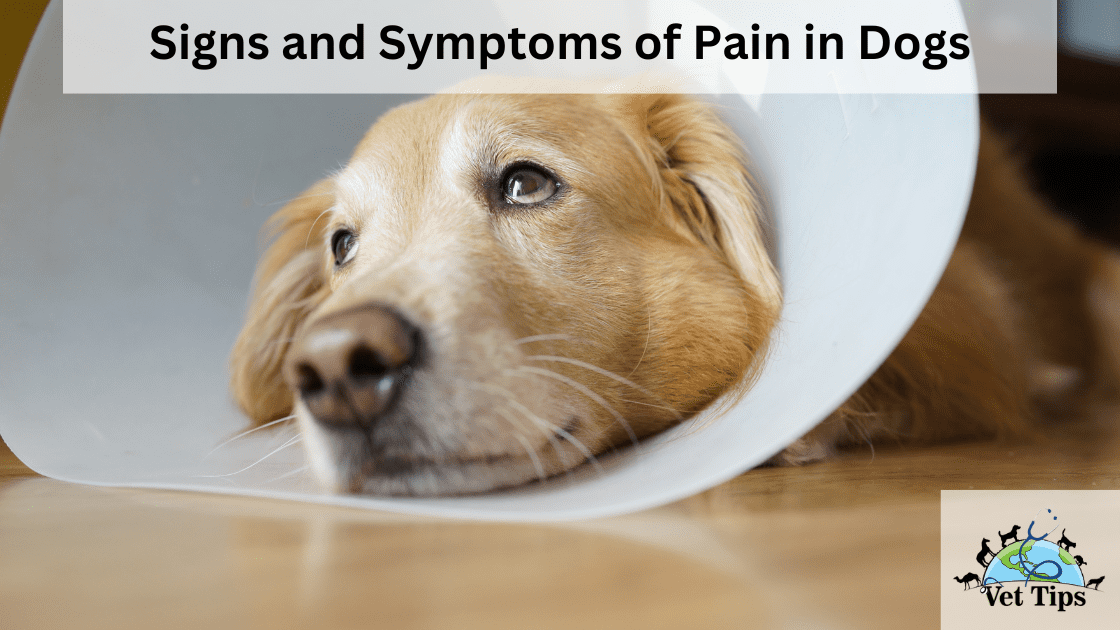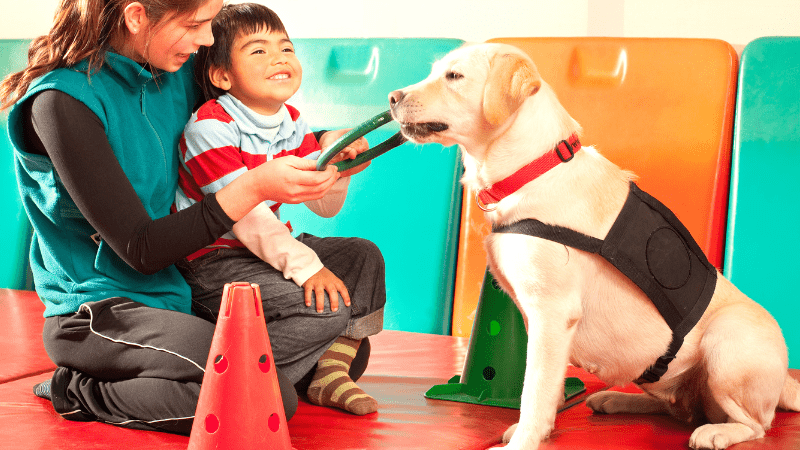As loving pet owners, it’s our responsibility to ensure the well-being of our furry companions, including recognizing and addressing any pain they may experience. However, dogs are experts at hiding their discomfort, making it challenging to identify when they are in pain. In this article, we will explore the Signs and Symptoms of Pain in Dogs, enabling the pet parents to provide them with the care and attention they need.
Signs and Symptoms of Pain in Dogs
Behavioral Changes
One of the first indicators that a dog may be in pain is a change in their behavior. Pay attention to the following behavioral changes that may suggest discomfort:
- Altered Activity Level: A dog in pain may become less active, exhibiting a decreased interest in their usual activities such as playing, walking, or running.
- Lethargy: If your dog seems unusually tired, lacks energy, or spends more time resting or sleeping, it could be a sign of pain or discomfort.
- Restlessness: Conversely, some dogs may exhibit restlessness when they are in pain. They may have difficulty finding a comfortable position and may pace, whine, or constantly change their posture.
- Withdrawal or Increased Aggression: Dogs in pain may exhibit changes in their social behavior. They may become more withdrawn and avoid interaction or become irritable and display aggression when approached or touched.
Changes in Eating and Drinking Habits
Pain can significantly affect a dog’s appetite and drinking habits. Look out for the following changes:
- Loss of Appetite: If your dog suddenly shows a decreased interest in food or completely refuses to eat, it may indicate pain or discomfort.
- Changes in Water Consumption: Pay attention to any significant increase or decrease in your dog’s water intake. Extreme thirst or reluctance to drink can be indicative of an underlying issue.
Posture and Movement
Observing changes in your dog’s posture and movement can provide valuable clues about their pain levels. Look for the following signs:
- Limping or Lameness: Dogs with pain in their legs or joints may exhibit a limp or favor one side while walking or running.
- Stiffness: Arthritis or other painful conditions may cause stiffness, making it challenging for your dog to rise, sit, or lie down comfortably.
- Reluctance to Jump or Climb Stairs: Pain can make it difficult for dogs to perform activities that require them to exert pressure on their joints, such as jumping onto furniture or climbing stairs.
- Changes in Gait: If you notice an alteration in your dog’s normal gait or an unusual walking pattern, it may be a sign of pain or discomfort.
Vocalizations and Expressions
Dogs often vocalize or display facial expressions to communicate their pain. Look for the following signs:
- Whining, Yelping, or Groaning: Dogs may vocalize more than usual when they are in pain. Whining, yelping, groaning, or even howling can indicate their distress.
- Facial Expressions: Pay attention to your dog’s facial expressions. They may show a furrowed brow, squinting eyes, or a tense facial expression when experiencing pain.
- Guarding or Protecting Certain Areas: Dogs may instinctively guard or protect the part of their body that is causing them pain. They may growl, snap, or shy away when that area is touched or approached.
Changes in Sleep Patterns
Pain can disrupt a dog’s sleep patterns. Look for the following signs of sleep disturbances:
- Restlessness during Sleep: If your dog tosses and turns, repeatedly changes positions, or has difficulty settling down during sleep, it may be a sign of pain disrupting their rest.
- Increased Sleep: Conversely, some dogs may sleep more than usual as a response to pain or as a way to cope with discomfort.
Conclusion: Signs and Symptoms of Pain in Dogs
Recognizing signs of pain in dogs is crucial for their well-being and allows us to provide appropriate care and seek veterinary attention when needed. By paying close attention to behavioral changes, eating and drinking habits, posture and movement, vocalizations and expressions, and sleep patterns, we can gain insights into our dogs’ pain levels. Remember, if you suspect your dog is in pain or if you notice any significant changes in their behavior or well-being, it’s always best to consult with a veterinarian for a proper diagnosis and treatment plan.
Tell us in the comments how you like our article “Signs and Symptoms of Pain in Dogs”
For similar posts like this, click here.
For the source file, click here.





One thought on “Signs and Symptoms of Pain in Dogs”